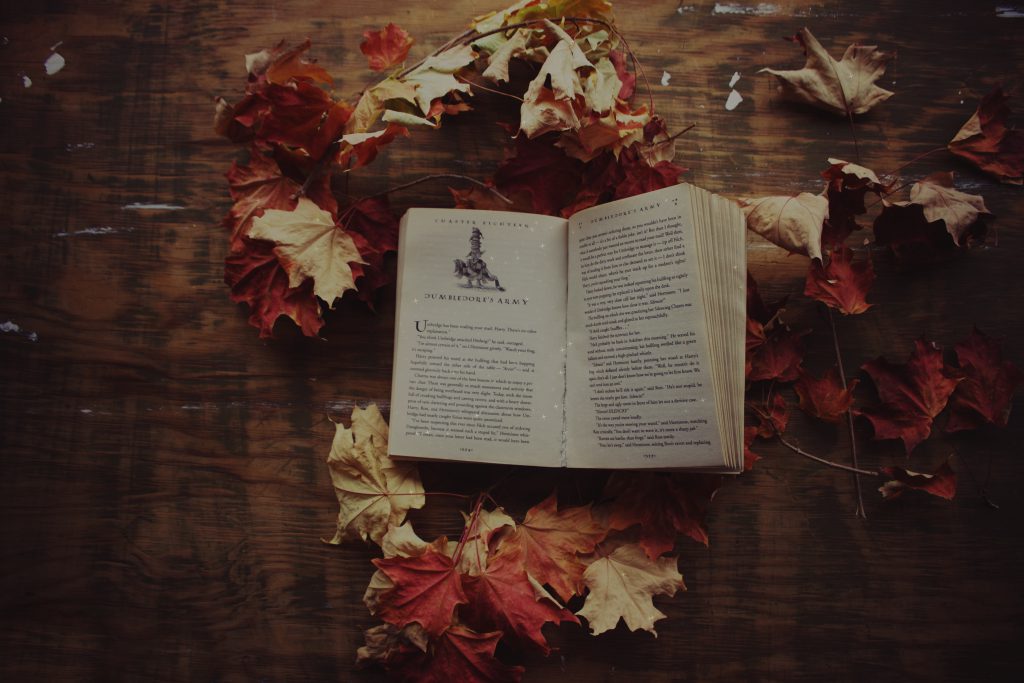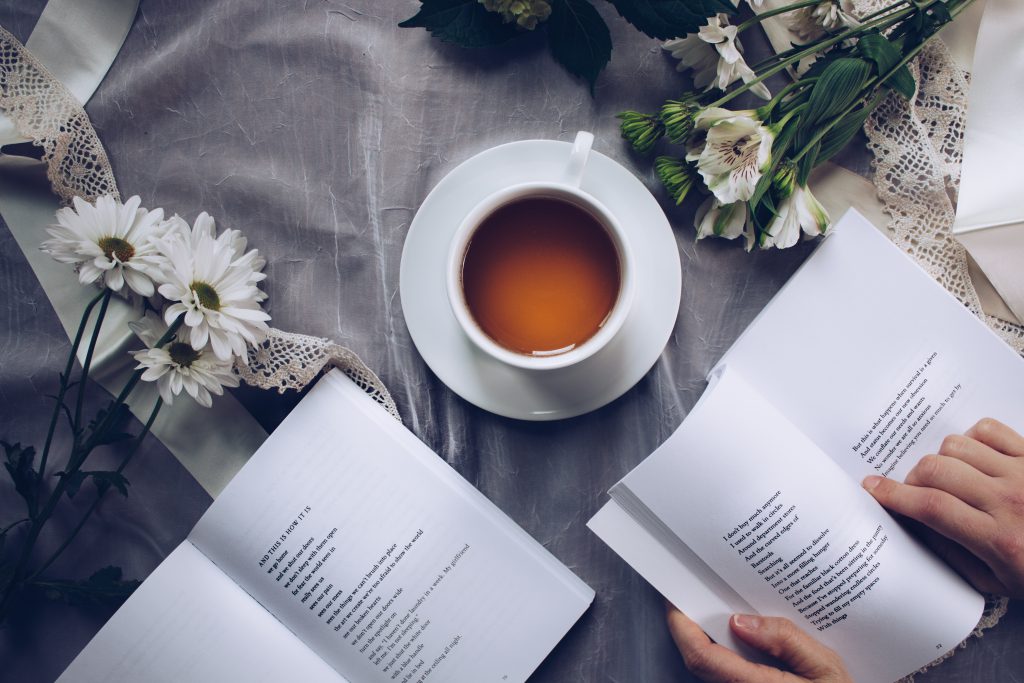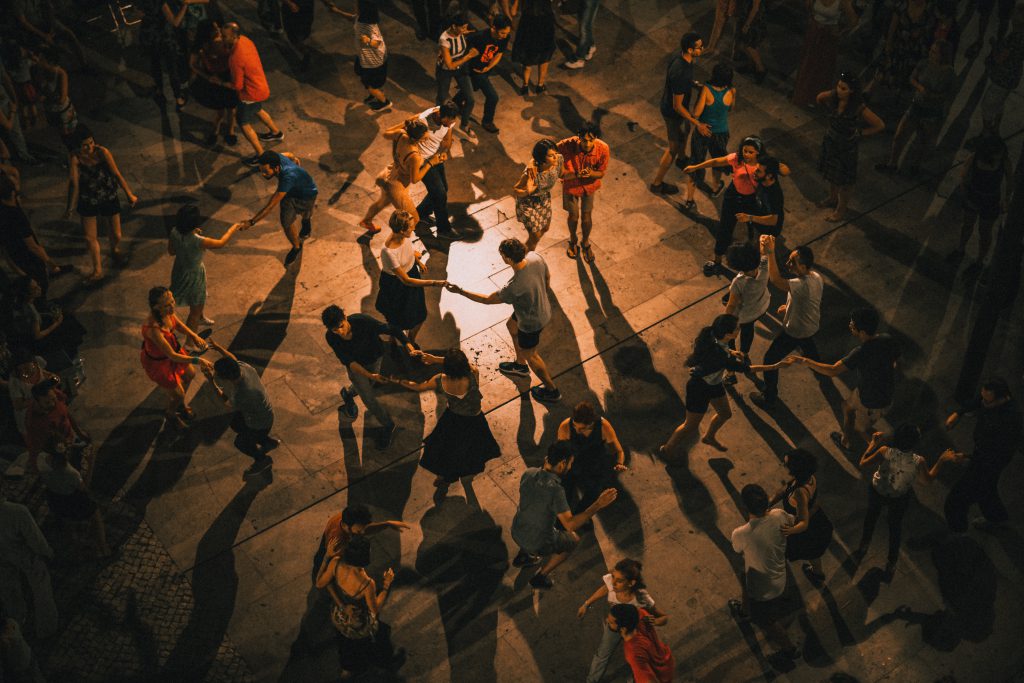Do you enjoy the arts? Have you ever wanted to see how getting creative can help you mentally? This feature is just one in a series of entries exploring the different types of creative arts therapy. You can learn more about other outlets here!

The truth is, reading can be difficult. You may not have the time to settle down with a book to read, or you may get so overwhelmed with all the options that you don’t know where to start. Reading can also sound like a burden and a commitment, and it can be hard to pay attention to what you’re trying to read, especially given all the kinds of distractions surrounding you (see: phones).
Continue reading Creative Arts Therapy Feature: Bibliotherapy
 Sometimes it can be hard to discuss how you are feeling out loud. There can be a sense of pressure to try to find the exact words to fully describe how you’re feeling and the worry your words won’t come out how you want them to, leading the other person to misunderstand how you are feeling. One way to express your emotions without having to talk about them is to write about them in a poem.
Sometimes it can be hard to discuss how you are feeling out loud. There can be a sense of pressure to try to find the exact words to fully describe how you’re feeling and the worry your words won’t come out how you want them to, leading the other person to misunderstand how you are feeling. One way to express your emotions without having to talk about them is to write about them in a poem. 